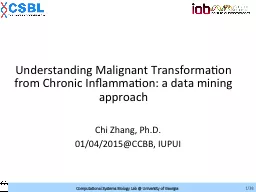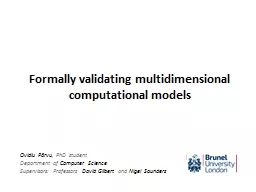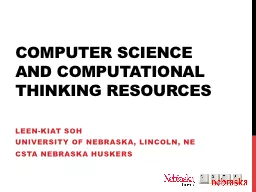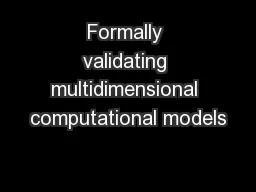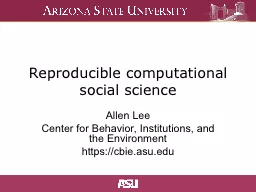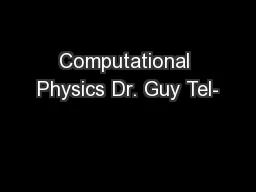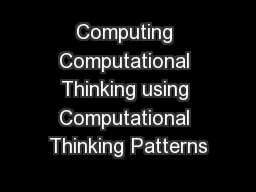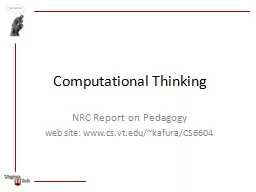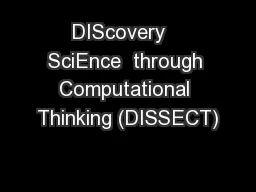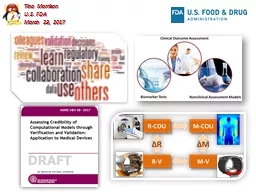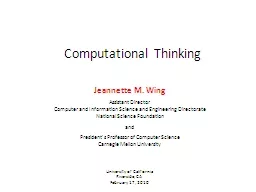PPT-Computational modeling of cancer micro-environment by using
Author : alexa-scheidler | Published Date : 2017-04-16
Chi Zhang PhD Center for Computational Biology and Bioinformatics Department of Medical and Molecular Genetics 09282016 112 Center for Computational Biology and
Presentation Embed Code
Download Presentation
Download Presentation The PPT/PDF document "Computational modeling of cancer micro-e..." is the property of its rightful owner. Permission is granted to download and print the materials on this website for personal, non-commercial use only, and to display it on your personal computer provided you do not modify the materials and that you retain all copyright notices contained in the materials. By downloading content from our website, you accept the terms of this agreement.
Computational modeling of cancer micro-environment by using: Transcript
Download Rules Of Document
"Computational modeling of cancer micro-environment by using"The content belongs to its owner. You may download and print it for personal use, without modification, and keep all copyright notices. By downloading, you agree to these terms.
Related Documents

